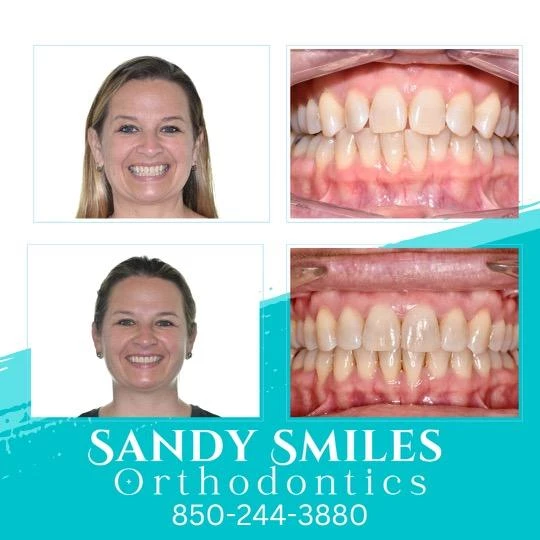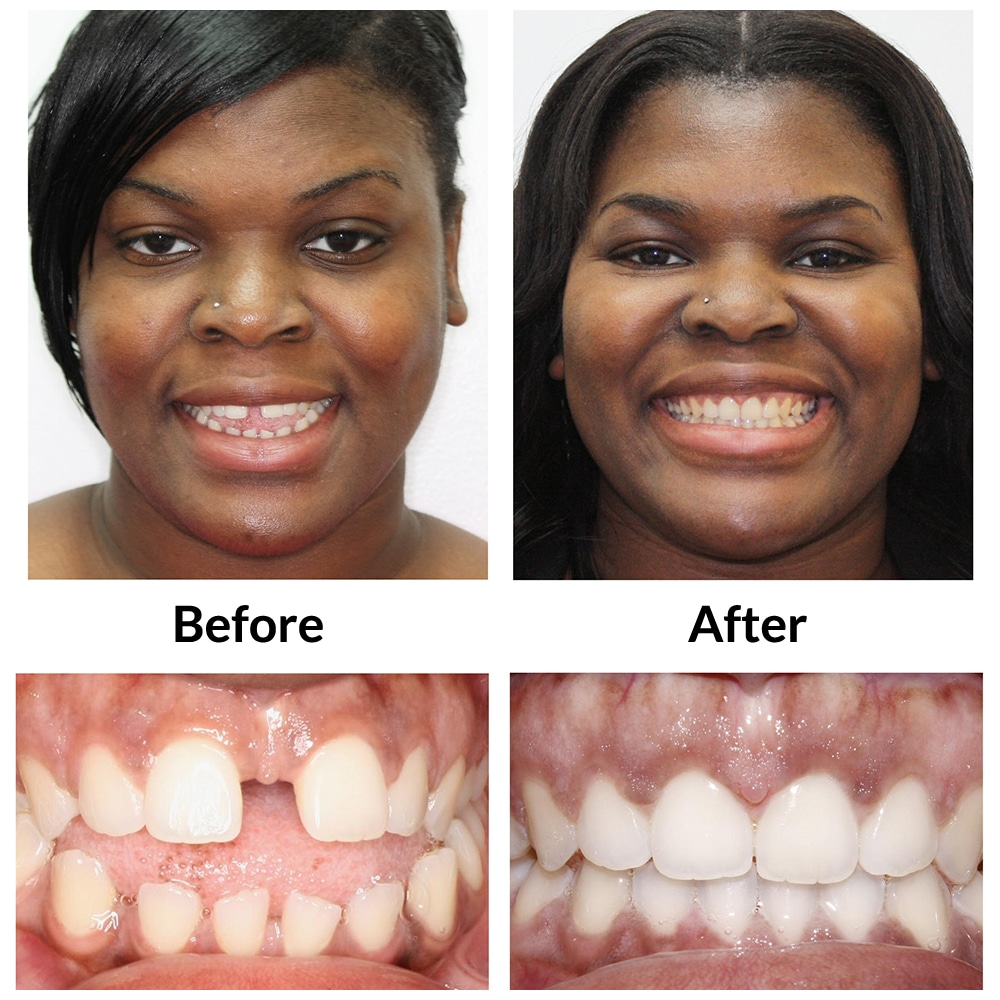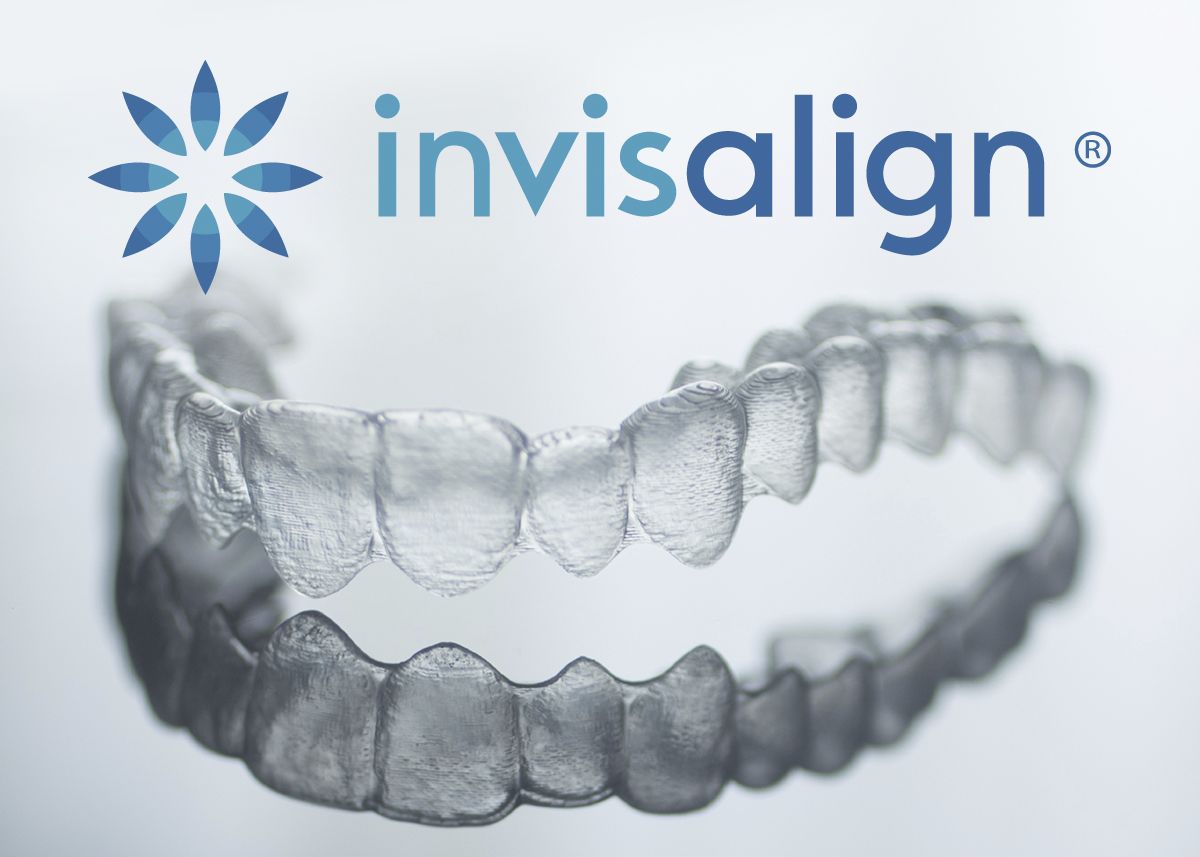Frequently Asked Questions Regarding Invisalign: Everything You Need to Know
Frequently Asked Questions Regarding Invisalign: Everything You Need to Know
Blog Article
Invisalign vs. Traditional Braces: Which Choice Is Right for You?
When taking into consideration orthodontic treatment, the choice between Invisalign and standard dental braces offers numerous vital factors that merit careful examination. Invisalign uses a very discreet choice with detachable aligners, while traditional braces provide a more visible yet efficient option for serious imbalance. Each choice includes unique benefits and disadvantages connected to aesthetics, comfort, therapy period, and price. Recognizing these subtleties is vital for making an educated choice that lines up with your personal preferences and lifestyle. The inquiry continues to be: which alternative will finest satisfy your orthodontic needs and expectations?
Review of Therapy Options

On the other hand, traditional braces contain steel brackets and cables that are adhered to the teeth. This method applies continuous stress over time to accomplish positioning. While reliable for complex orthodontic problems, standard dental braces require routine sees for adjustments and can position difficulties in keeping dental health due to the difficulty of cleaning around braces and cords.
Both options have their benefits, and the option commonly depends upon details oral problems, lifestyle preferences, and patient compliance. Ultimately, seeking advice from an orthodontic expert is critical for determining one of the most suitable therapy plan customized to specific demands. Recognizing the subtleties of each option can considerably influence the overall success of orthodontic therapy.
Aesthetic Factors To Consider
A substantial element influencing the selection between Invisalign and traditional dental braces is the aesthetic allure each treatment offers. Invisalign aligners are crafted from clear plastic, making them basically undetectable when worn.
On the other hand, conventional dental braces contain steel brackets and cords, which can be much more noticeable. While improvements in orthodontic technology have resulted in the advancement of smaller brackets and tinted elastics, typical dental braces still keep a more noticeable profile. For some people, the exposure of braces may deter them from seeking essential treatment.
Eventually, the choice between Invisalign and typical braces may rest on personal preferences pertaining to appearances. Clients that focus on discretion typically favor Invisalign, while those who are less worried concerning visibility may choose for typical braces. Comprehending the visual effects of each option is important for making an educated choice that aligns with one's lifestyle and choices.
Convenience and Convenience

In terms of benefit, Invisalign aligners are removable, making it possible for individuals to enjoy their favorite foods without constraint and preserve optimal dental health. Brushing and dig this flossing are streamlined, as the aligners can be secured during these regimens, whereas conventional braces call for cautious maneuvering around cords and brackets.
In comparison, conventional dental braces demand routine changes, making them less practical for those with active schedules. Generally, the convenience and convenience of Invisalign make it an attractive selection for many individuals looking for orthodontic therapy.
Treatment Duration and Efficiency
While both Invisalign and traditional braces work in dealing with dental misalignments, the duration of therapy can differ significantly between the two choices. Typically, Invisalign treatment can take anywhere from 12 to 18 months, depending upon the complexity of the situation. The clear aligners function by progressively shifting teeth into their desired positions, and routine follow-ups with an orthodontist assistance make certain progression continues to be on track.
In contrast, conventional braces typically need a longer dedication, normally varying from 18 months to 3 years. This is because of their set nature and the usage of cables and brackets, which can be much more efficient for complicated situations and severe misalignments (Invisalign). The therapy performance of standard dental braces is well-documented, as they permit accurate adjustments and greater control over tooth movement
Inevitably, the selection in between Invisalign and standard braces may depend upon both the expected treatment duration and the specific oral problems at hand. Consulting with an orthodontist is essential, as they can provide customized referrals based page on individual demands, making certain the selected method straightens with wanted end results and durations.
Price Comparison and Insurance Alternatives
Expense plays a significant duty in the decision-making process for individuals taking into consideration orthodontic treatment, whether deciding for Invisalign or standard braces. Generally, the expense of Invisalign arrays from $3,000 to $8,000, while standard braces commonly cost in between $2,000 and $6,000. Aspects influencing these prices include the intricacy of the case, the period of treatment, and geographical area.
Insurance insurance coverage can considerably influence out-of-pocket costs. Several dental insurance policy plans supply partial coverage for orthodontic therapies, yet the specifics can vary extensively. It is essential for people to evaluate their insurance plan to identify the level of coverage for either choice. Usually, conventional dental braces might be more often covered by insurance policy plans compared to Invisalign, which some insurers categorize as a cosmetic treatment.
Additionally, several orthodontic methods use adaptable settlement strategies, making both therapy alternatives more accessible. Clients ought to ask regarding prospective financing choices and discount rates for in advance repayments. Examining the overall expense, including insurance policy advantages and layaway plan, is crucial for making an educated choice that lines up with both aesthetic preferences and budget considerations.

Conclusion
In recap, the selection in between Invisalign and typical dental braces hinges on multiple factors, including visual choices, comfort, treatment period, and price. Invisalign uses a discreet, removable option that helps with dental hygiene and nutritional flexibility, while standard braces may be preferable for complex oral problems and typically come at a reduced cost point. Ultimately, appointment with an orthodontist is important to examine individual conditions and figure out the most appropriate therapy option for attaining ideal dental positioning.
When thinking about orthodontic therapy, the option between Invisalign and standard braces offers several vital elements that warrant cautious evaluation.Contrasting Invisalign and traditional dental braces reveals unique therapy choices for orthodontic improvement.While both Invisalign and conventional dental braces are efficient in dealing with dental imbalances, the period of treatment can differ significantly in between the 2 options.Expense plays a significant function in the decision-making procedure for individuals thinking about orthodontic therapy, whether opting for Invisalign or standard dental braces.In summary, the option in between Invisalign Check This Out and traditional braces pivots on numerous elements, consisting of visual preferences, comfort, treatment period, and price.
Report this page